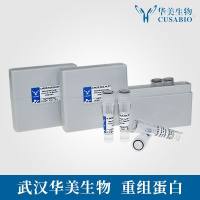In order to explore the possibility of identifying toxins based on their effect on the shape of action potentials, we created
a computer model of the action potential generation in NG108-15 cells (a neuroblastoma/glioma hybrid cell line). To generate
the experimental data for model validation, voltage-dependent sodium, potassium, and high-threshold calcium currents, as well
as action potentials, were recorded from NG108-15 cells with conventional whole-cell patch-clamp methods. Based on the classic
Hodgkin–Huxley formalism and the linear thermodynamic description of the rate constants, ion channel parameters were estimated
using an automatic fitting method. Utilizing the established parameters, action potentials were generated using the Hodgkin–Huxley
formalism and were fitted to the recorded action potentials. To demonstrate the applicability of the method for toxin detection
and discrimination, the effect of tetrodotoxin (a sodium channel blocker) and tefluthrin (a pyrethroid that is a sodium channel
opener) was studied. The two toxins affected the shape of the action potentials differently, and their respective effects
were identified based on the predicted changes in the fitted parameters.



![NG108-15 [108CC15]小鼠神经细胞瘤与大鼠神经胶质瘤之融合细胞专用培养基](https://img1.dxycdn.com/2023/0901/786/8805620949915557961-14.jpg!wh200)


